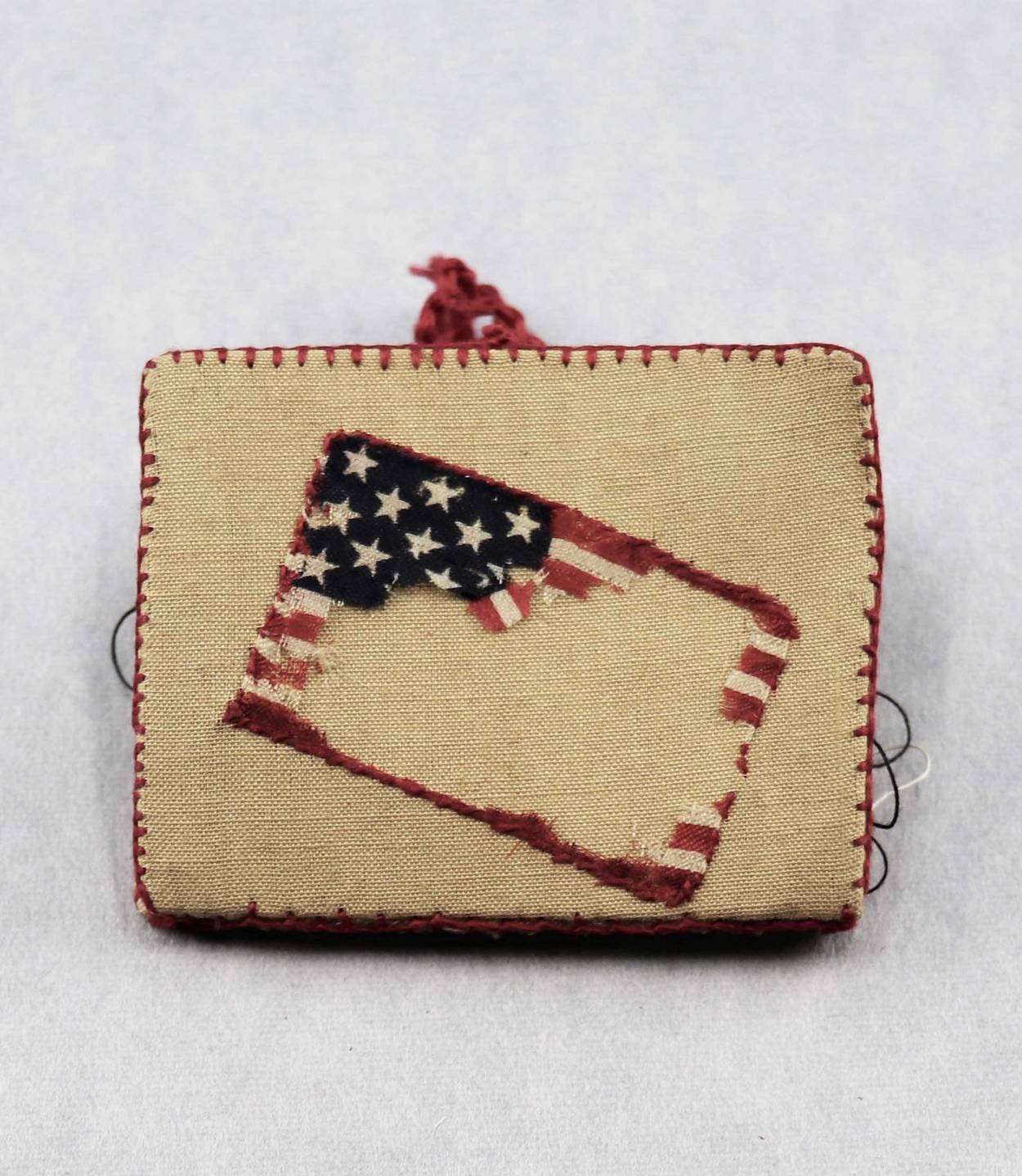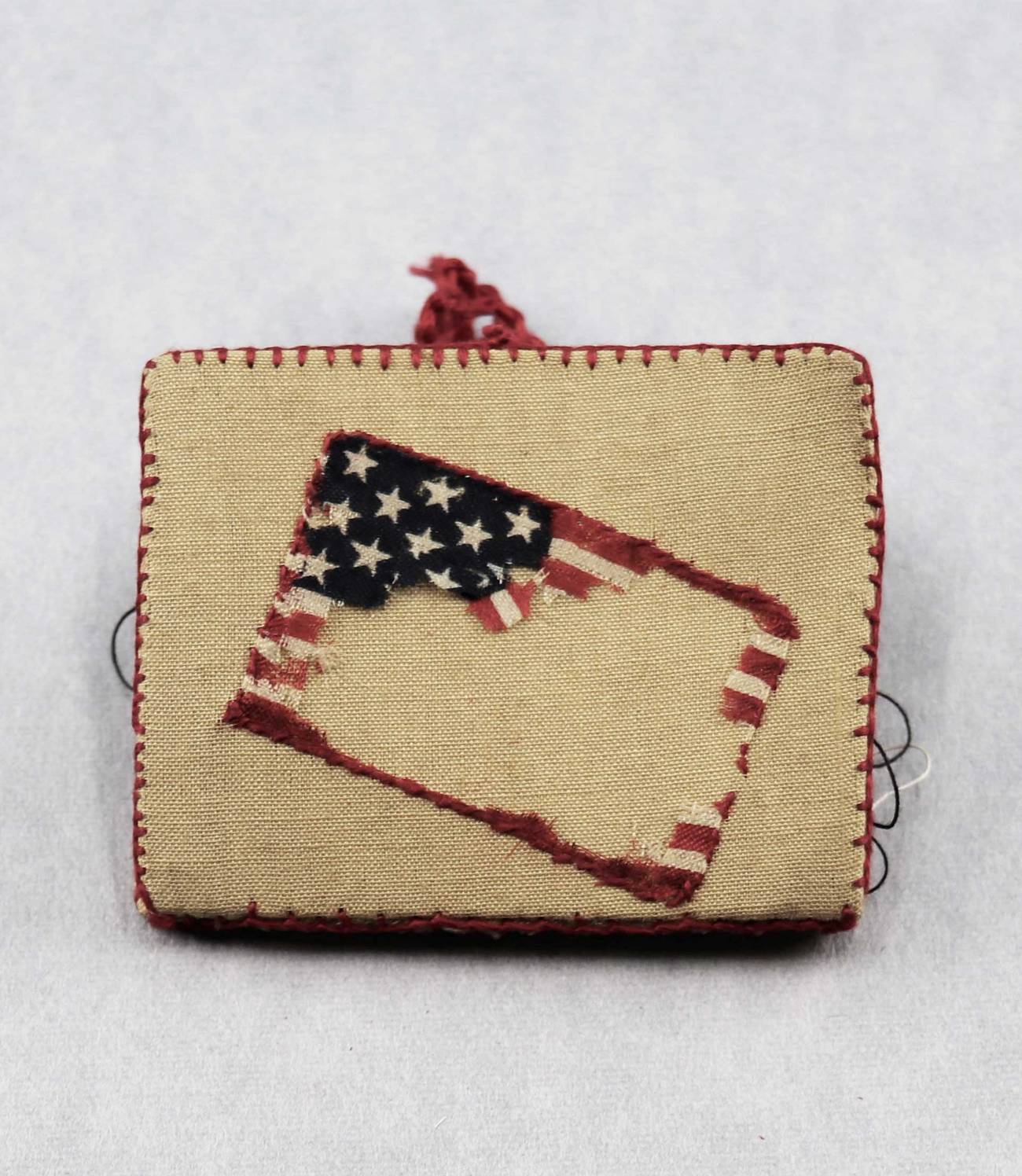The Great Repair
Americans want life to feel normal again. It’s been a while.




Joe Biden says he has four priorities: reining in COVID-19, rebuilding the economy, advancing racial equity, and combating climate change. He should scrap all that. COVID-19 will be defeated by the American biotechnology sector. Washington will have little to do with any long-term economic rebirth. Anything the president tries to do to make headway on “racial equity” will almost certainly make things worse. Climate change, like coronavirus, will be tackled by the private sector, and the best help that government can provide would be to get out of the way.
But the incoming president can do something that only a president can do: He can embark on the Great Repair—the undoing, or overcoming, of what we might think of as our national kriah, or rending. The first kriah, of course, dates back to Jacob, who ripped his garments when he was told (incorrectly) that his son Joseph had died. Similarly, David is believed to have “taken hold of his clothes and rent them” when Saul and Saul’s son Jonathan were killed in battle. Today, kriah is bound up in the Jewish mourning tradition. It is part of how we experience loss.
Americans have been experiencing a great loss, and it doesn’t start with Donald Trump’s election. It stretches all the way back to the late ‘60s—if there’s a precise start date, it’s probably the 1968 Democratic convention—and it cannot be pinned on any party or faction or individual. It marks a tragic confluence of events—political, economic, cultural, but mostly psychological—and the history of America ever since has been America trying to repair our national fabric, to stitch things back together. In moments of robust economic growth—the ‘80s, the ‘90s—we have briefly forgotten that there was a divide. We have been happy in our prosperity. But the rending—the kriah, and the loss symbolized by that kriah—has never gone away. It has deepened.
Now, we’re nearing a precipice, and the only way to circumvent that is to repair the national fabric. This is the only thing that really matters. Everything else, everything on the Biden agenda, is of secondary or even tertiary concern.
The new president need not embark on any great anti-rending campaign. This requires no law, no executive order, no appointments. It demands only that Joe Biden be the president he knows, on a cellular level, he must be: decent, sober, even-tempered. He must rise above any ideological temptations to reimagine whole sectors of the economy. He must fight back against the most intemperate elements in his own party. They do not seek to repair anything. They seek, Yuval Levin-style, to build their careers at the expense of everyone else, or, worse yet, to accelerate our decline. He must be the example of what he wants us to be.
It is not a coincidence that every major force in the American political theater, right now, harks back to the late ‘60s. Donald Trump is a direct descendant of Mayor Daley. Black Lives Matter and the many exponents of anti-racism pine for an America in which there are only whites and Blacks—an America prior to the Immigration and Naturalization Act of 1965. And Joe Biden? Joe Biden’s start in politics happened at the very moment our great undoing was underway—in the late ‘60s. (Before winning his Senate seat in 1972, he was elected to the New Castle County Council, in 1970, having spent the previous year mobilizing for his entry into politics.) Biden, by temperament, almost by design, symbolizes a return to a politician and a politics before the kriah. He reminds us, on some unconscious level, of the America we wish we could return to. We cannot return to it, but we can try to repair the damage that has been done.
Peter Savodnik is the author of The Interloper: Lee Harvey Oswald Inside the Soviet Union. He writes for Vanity Fair, among other publications. He can be found on Twitter @petersavodnik.